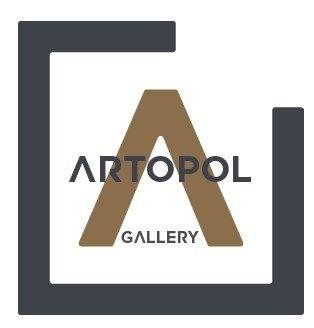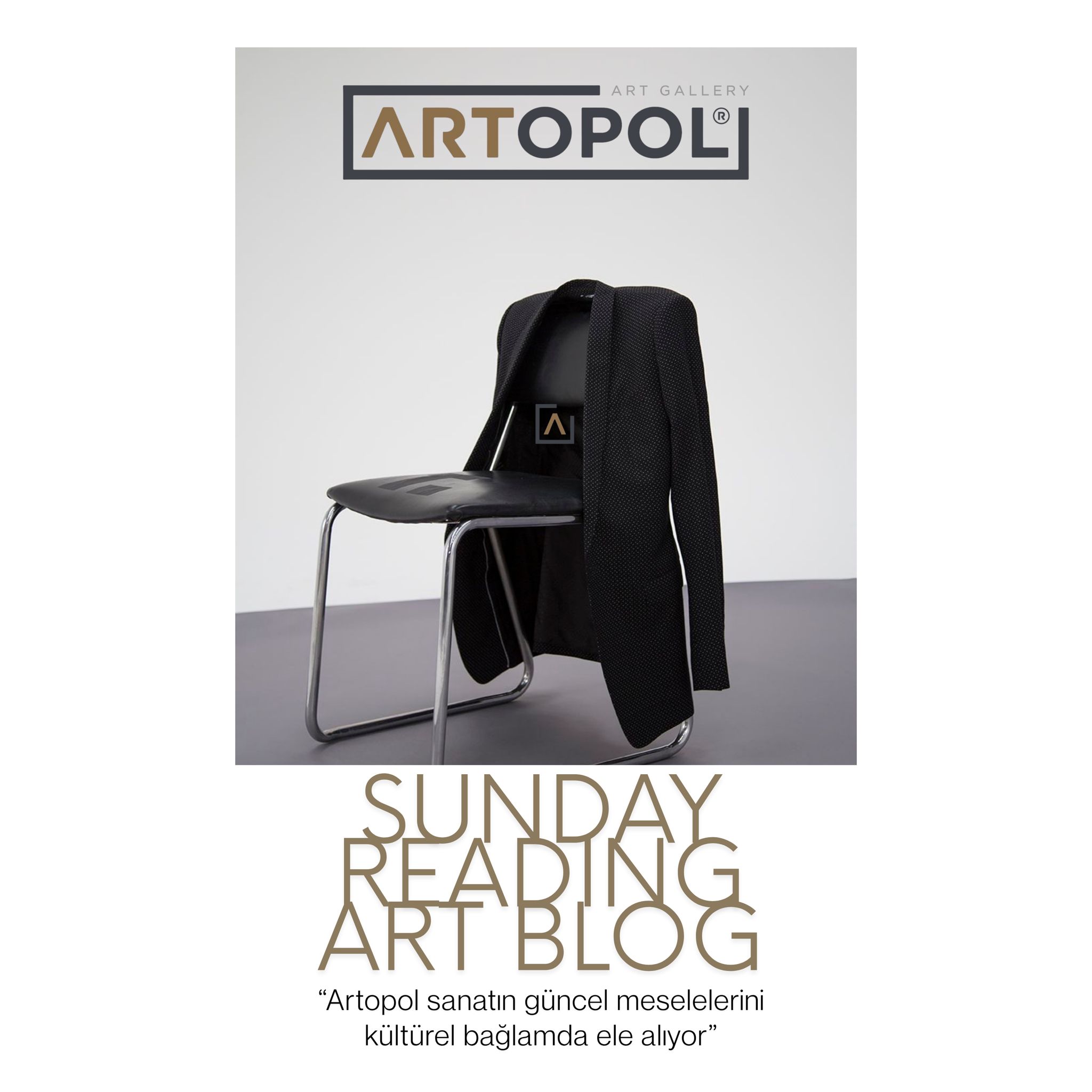Art is one of the greatest indicators of a society's civilization. Both in the past and today, one of the main characteristics of developed societies is their advancement in art. Great artists are individuals who leave their mark on history and present us with remarkable works. Great artists advance civilization and satisfy our passion for art. In this article, we will talk about İbrahim Çallı, one of the greatest artists who practiced his art at the highest level.
The Life of İbrahim Çallı
Every great person experiences significant challenges at some point in their life. After overcoming these obstacles, turning points appear one after another. İbrahim Çallı’s life is adorned with numerous hardships and the success stories that followed. Our painter made major choices that most people could not, and he managed to leave his mark on history. Now, let us discuss the life story that encompasses these challenges and achievements.
İbrahim Çallı was born in the town of Çal, which was formerly part of İzmir but now lies within the borders of Denizli province. He completed his middle school education in his hometown. Afterwards, he briefly attended the Administrative School in İzmir before moving to Istanbul to attend a military school. It is important to note that this move was primarily due to his family's wishes. Later, when he painted with students from Vefa Idadi and left the school, he defied his family. Following this difficult decision, İbrahim Çallı faced tough times. While struggling to paint under difficult conditions, his money was stolen, leading to a challenging period. During this time, he worked in various jobs while trying to succeed as a painter. He began taking lessons from an Armenian painter and took his first steps toward professionalism. During this period, with the influence of İzzet Bey and the father of Şeker Ahmet Pasha, he was able to enroll in the university now known as Mimar Sinan Fine Arts University. He completed the six-year program in just three years due to his achievements.
After university, İbrahim Çallı had reached a level of competence that allowed him to achieve many successes. İzzet Bey and the father of Şeker Ahmet Pasha were among the most significant turning points in his life. Following the changes in the Teşkiliyat-ı Esasiye Kanunu, which heralded major transformations in the Ottoman Empire, the door was opened for increased artistic activity. According to Çallı, this legal change, which granted many political, artistic, and intellectual rights to the public, could also serve as a gateway for progress in painting. During this period, he made a significant breakthrough by founding the Ottoman Painters Society, the first painter organization that included his peers from Sanayi-i Nefise Mektebi.
Given that İbrahim Çallı was a highly influential painter, it is appropriate to reflect on his views on painting and colors. Çallı’s works mainly focus on landscapes, still lifes, nudes, and portraits. According to him, the use of numerous colors found in nature is the most correct approach. Reducing colors to a minimum on the palette would hinder the naturalness and beauty of the painting. Some colors in nature are unique and cannot be replaced by similar tones. This is one of the main reasons why Çallı is so beloved by the Turkish public. He believed in expressing his beautiful homeland with its true colors.
After discussing his artistic philosophy, let us continue with historical developments. In 1910, Çallı won first place in a painting competition organized by the Ministry of Education, earning a scholarship to study in France. He trained for four years at Fernand Cormon's workshop until World War I began. During the war, his art took on a new dimension. As an artist appointed to Sanayi-i Nefise Mektebi, he depicted the Turkish society in his works and sought to inform foreign countries about the state of Turkish society. As a result of these efforts, he won the Sanayi-i Nefise Medal at an Istanbul exhibition in 1917.
Among the 1914 generation of painters, İbrahim Çallı stood out by successfully portraying Turkish society and significantly influencing the transformation of Turkish painting and the spread of Western styles. He adopted the Impressionist approach, which had become popular in Europe at the time. Importantly, Çallı did not strictly adhere to this movement. He occasionally diverged from it and ensured that every part of his paintings reflected his personal touch. His unique character is evident in his choice of elements and artistic language.
İbrahim Çallı created original works that left a mark on his era and also played a role in educating future prominent painters. Besides his highly successful works and style, he also possessed a very effective teaching method. At the age of 65, he was forced to retire due to conflicts with Leopard Levy, the head of a department at the academy.
Çallı passed away on May 22, 1960, due to a stomach hemorrhage and was commemorated with respect by many prominent figures of his time. Hasan Ali Yücel, one of them, wrote: “I saw him for the last time around Taksim. That playful Çallı spoke to me as if we were about to embark on a long journey. His voice, old and weary, trembled like a sorrowful moan. We kissed goodbye and walked in opposite directions. Driven by a strange instinct, I looked back and saw him looking at me. We saluted each other one more time.”
The Works of İbrahim Çallı
İbrahim Çallı was a very active painter. Some of his significant works are still exhibited today. He participated in the State Painting Exhibitions, Sculpture Exhibitions, and Galatasaray Exhibitions, presenting many of his works. Let us now take a look at the titles of these works.
- Woman with Tambourine
- Zeybeks
- Petition Writer
- Mevlevis
- Landscape from the Bosphorus
- Fisherman
- Woman Smelling a Rose
- An Evening Ball
- Longing for the Homeland in Hatay
- Women Going for a Morning Walk on the Island
- Moda Sea Bath
- Woman with Tambourine
- From Dolmabahçe Palace
- Fishermen
- Magnolias
- Meadow and Houses
- Naked Woman Sitting on a Chair
- Nude Woman Lying Down
- Turkish Artillerymen
- Portrait of Atatürk
- İsmet İnönü
- View of the Bosphorus from Yıldız Park
- Göksu Stream
- Tomb of Sultan Selim II
- Nude
- Osman Hamdi Bey
- Profile Portrait of Sculptor İhsan Bey
- Woman Sewing
- Woman in the Garden
- Portrait of Dürrüsaf Hanım
- Male Portrait
- Woman in Green Dress “Portrait of Mrs. Vicdan Moralı”
- Female Portrait
- Portrait of Poet Yahya Kemal
- Railway and Villagers
- Reclining Nude
- Portrait (Çallı’s Daughter Belma)
- People Sitting in the Courtyard
Image Source: wikipedia.org



